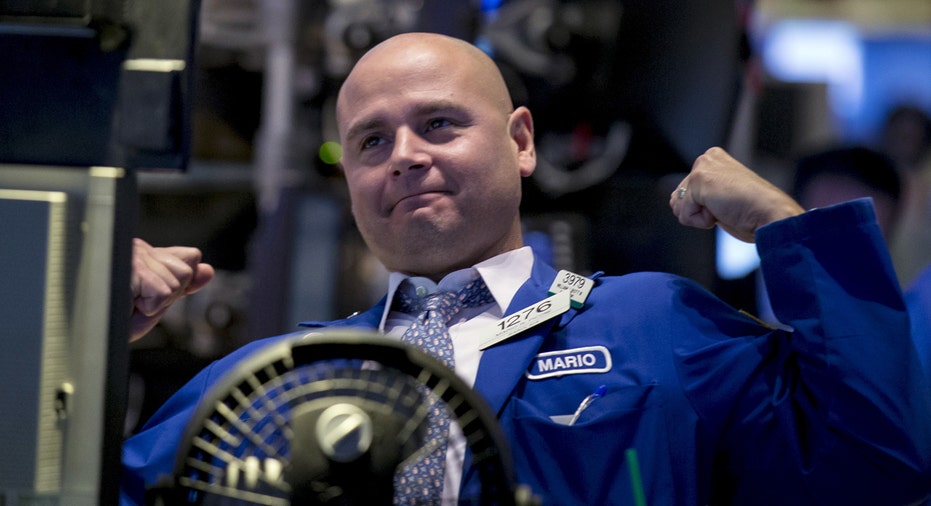Wall Street's Risk Appetite is Making a Comeback

Wall Street’s risk takers might finally be ready to jump back into the market, and leave their safe havens behind.
Over the last month, U.S. equities have taken a gradually more optimistic tone, more than halving their 2016 losses. Year to date, the broader averages have seen declines of just 1%, up from losses of about 5% at the end of January. Meanwhile, the Nasdaq is down about 5%, up from a 7% plunge in the first month of the year.
More than equities, though, increased bullishness over the debt of America’s riskiest companies suggest investors are feeling more confident.
Indeed, the SPDR Barclays High Yield Bond ETF (NYSE:JNK), a popular exchange-traded fund that tracks the performance of high-yield bonds, has been the subject of much scrutiny over the last two months. As global markets slumped on the heels of weak data from every corner of the globe, so too did a desire to delve into risky corporate bonds. As a result, the ETF was clobbered, with its price falling as much as 7.1% for the year in mid-February.
The ETF’s total assets also swooned, clocking in $11.74 billion on March 16 from $9.6 billion at the end of 2015, according to data from State Street (NYSE:STT), the fund’s sponsor.
As economic data have shown signs of improvement, the ETF has recovered all of its losses and then some to trade up 1.24% year to date, while its assets have risen to $11.3 billion, suggesting investors may be of the mindset that the U.S. economy isn’t as bad off as many had feared. Where just weeks ago investors were buzzing about a possible U.S. recession on the horizon, now those fears have abated.
“Credit spreads are tightening in the U.S. and Europe, which is another support for financials and the overall stock market,” Evercore ISI senior managing director Dennis DeBusschere said in a note. “Recession fears were easier to succumb to when high-yield spreads were rapidly increasing. Improving credit conditions help alleviate those concerns.”
Further, Brian Rehling, co-head of global fixed income strategy at Wells Fargo Investment Institute, added that another part of the reason for the quick snapback in high-yield bonds has been a choppy recovery in the oil patch. While prices have been at multi-year lows for nearly two years, consumers haven’t been confident enough to spend more money, and that’s impacted consumer-level data that put Wall Street on edge.
Over the last several months, though, oil prices have traded within the mid-$30 a barrel - $40 a barrel range, up from the low $20s, which has also made investors feel a bit more confident. But, Rehling noted investors looking to move into high-yield, or deepen their exposure to it, should exercise a bit of caution as prices have fluctuated around the will-they-won’t-they talk of possible production freezes by major oil producers.
Talk of production freezes at January levels was proposed last month by several large global producers -- Saudi Arabia, Russia, Qatar, and Venezuela -- but Iran, a nation with arguably the potential to increase its output the most this year thanks to lifted international trade sanctions, has hinted it will not participate in any effort to curb production. Since then, talk has been back and forth, essentially uncertain, about whether major producers will slash their output levels.
In light of the global uncertainty in the oil patch, Rehling offered this advice to investors.
“Think about moving up in quality in the space, and find products avoiding significant exposure to the energy or commodity spaces because there’s probably more volatility there, and there are some distressed bankruptcies likely to come out of that sector,” he explained.